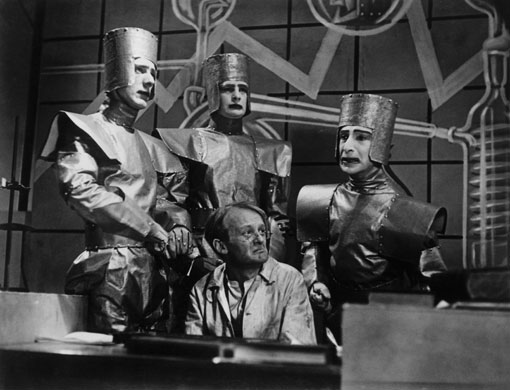In
the early days of television there were a set few channels with programs that
would come on at set times every week. If you missed a program, there would be
no other way of watching it.
 Colour broadcasting in Europe was not standardized on the PAL format until the 1960s, and broadcasts did not start until 1967. By this point many of the technical problems in the early sets had been worked out, and the spread of color sets in Europe was fairly rapid.
Colour broadcasting in Europe was not standardized on the PAL format until the 1960s, and broadcasts did not start until 1967. By this point many of the technical problems in the early sets had been worked out, and the spread of color sets in Europe was fairly rapid.However, these days we are able to have full control over what we watch and when we watch it. Not only are there hundreds of channels now which can be set to your specific needs but on every television now you can hit the On Demand button (red button) which will allow you to watch almost any program which has been aired.
Over the past 10 years television channels have started posting programs on their own websites, for example, BBC iPlayer. This allows people to access their favourite TV programs at any time of the day or night. Even though these online webpages have made TV far my accessible for viewers it has also decreased the amount of viewers who watch certain programs, because of how easy it is to watch programs whenever you want now people don’t feel as obliged to sit in front of their TV and watch a program when it premiers an episode that week.





